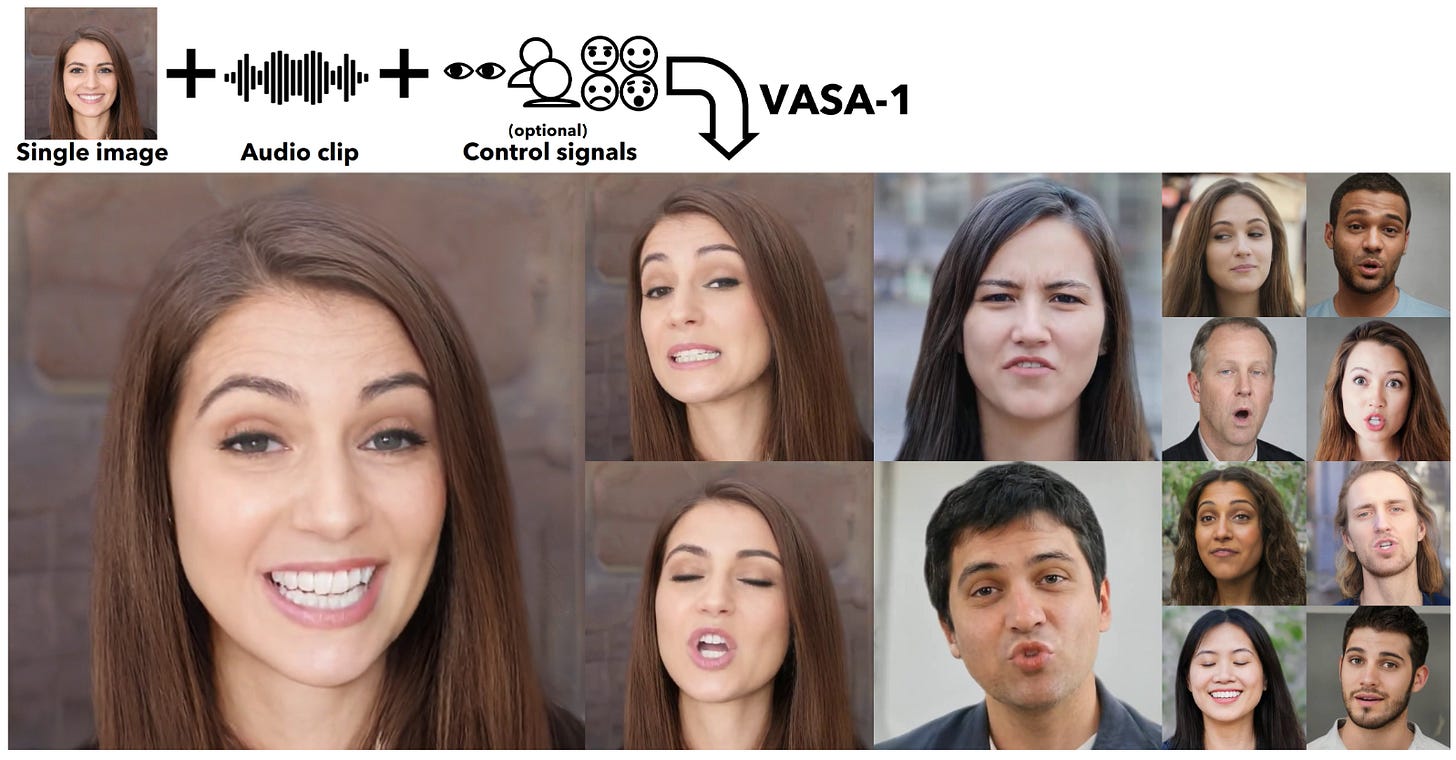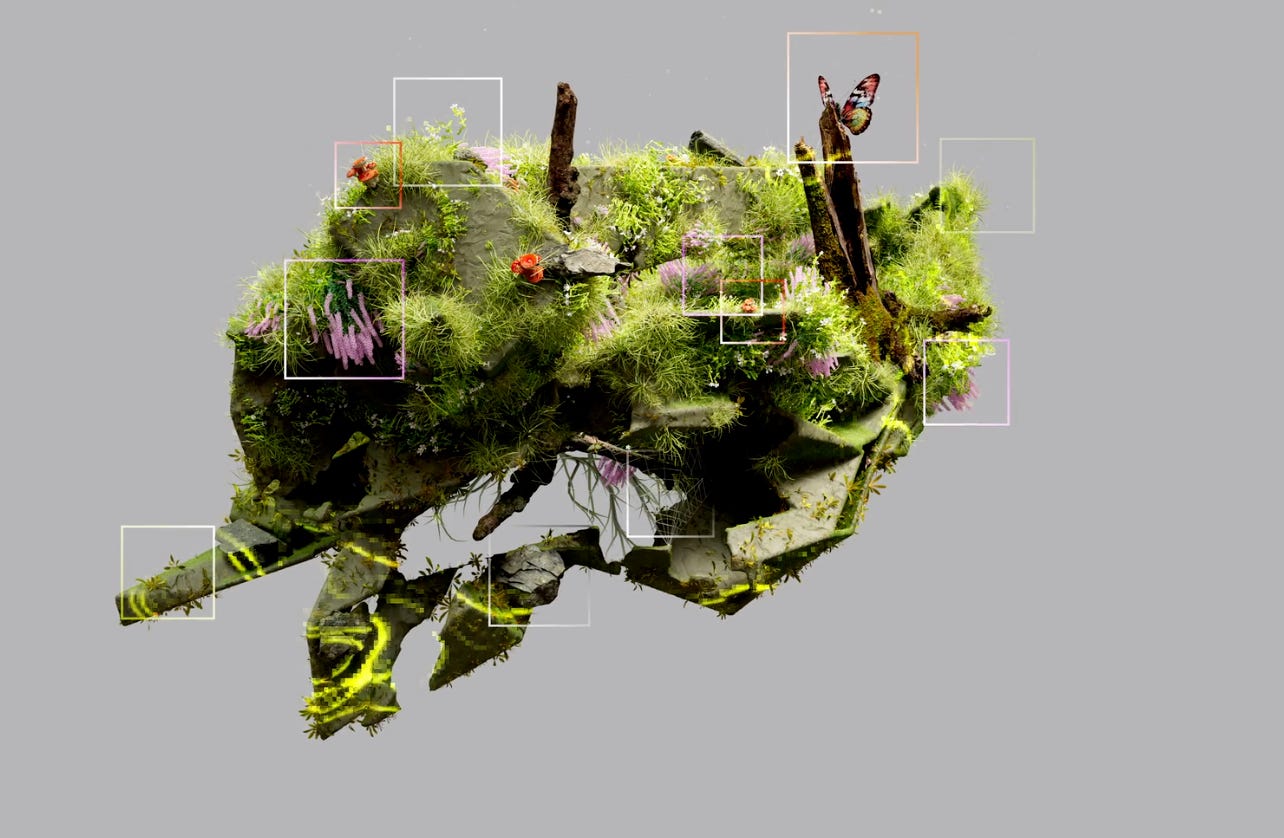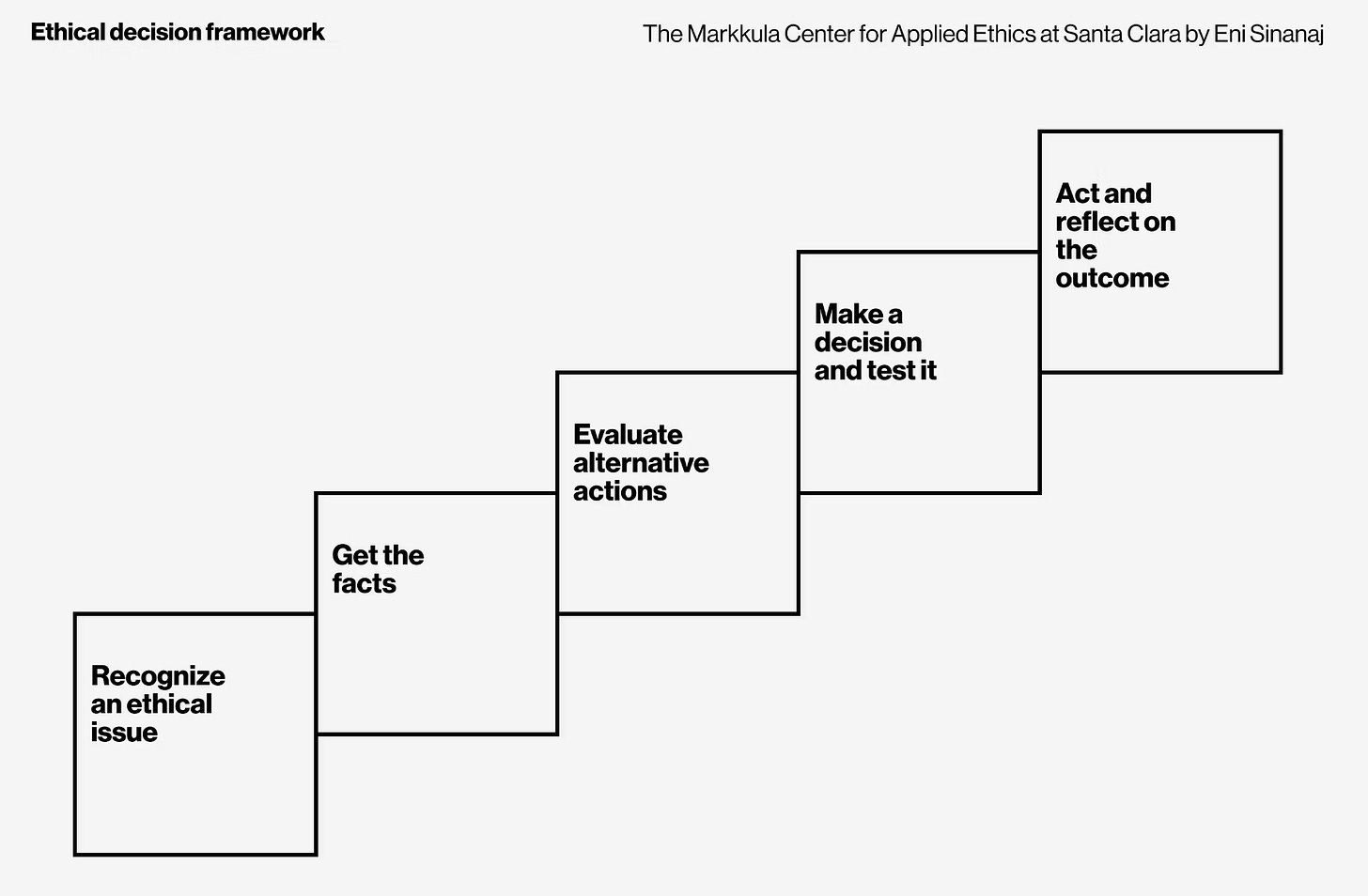➕ The Conditions 185
The death of craft, Ethics in times of growth design, It’s time to retire the term “user”...
+Issue 185
Product Design & UX
The death of craft
Thriving in an era of scarcity
While we can deeply mourn the loss of jobs and the disruption of the lives of millions, we need to admit that the advent of generative AI completely destroys the middleware commodification layer of UX. Every design system built in Figma, every standard pattern in a prototype, every Github ticket for a recommendation of hex color replacement can be done by a bot. And what’s more, we don’t need to wait for a superior Gen AI to create this volcanic sea change. It’s here, now. There is a reason why LinkedIn in the most depressing website in the world right now.
The insertion of AI into a common design space does some weird shit. Suddenly, much of the “break” part of our jobs has been commodified. All that time doing dumb searches and poking around for stuff? That’s kind of… gone, now. The AI gotchu. The Bot is your constantly-awake, extremely eager, probably-spinning-on-dexadrine intern. The Bot does not tire. The Bot is not bothered by your stupid syntax. The Bot doesn’t have opinions on what you order for dinner. The Bot is here, and ready to help. Forever.
It’s time to retire the term “user”
The proliferation of AI means we need a new word.
But we could intentionally default to more precise terms, like “patients” in health care or “students” in educational tech or “readers” when we’re building new media companies. That would help us understand these relationships more accurately. In gaming, for instance, users are typically called “players,” a word that acknowledges their participation and even pleasure in their relationships with the technology. On an airplane, customers are often called “passengers” or “travelers,” evoking a spirit of hospitality as they’re barreled through the skies. If companies are more specific about the people—and, now, AI—they’re building for rather than casually abstracting everything into the idea of “users,” perhaps our relationship with this technology will feel less manufactured, and it will be easier to accept that we’re inevitably going to exist in tandem.
AI & Machine Learning
Microsoft introduces VASA-1: Lifelike Audio-Driven Talking FacesGenerated in Real Time
Artistic Intelligence – How creatives translate complex concepts into visual languages
DeepMind — Google’s UK-based research lab dedicated to building AI systems — commissioned 13 international artists to interpret key themes shaping the future of the field, from video compression (enabling streaming content for billions of people around the globe) to digital biology (using data and AI to study life).
The result is Visualising AI — a collection of over 100 dynamic open-source images and animations that aims to demystify cryptic concepts and provide a new way of seeing the code, algorithms, software, and programs that power our daily lives.
What if LLMs were actually interesting to talk to?
Reaching “common ground” with conversational AI.
The user experience of generative AI offers the most to AI design not by improving what these models know, but how they present it. Generative AI may suffer somewhat from the solutionist mindset of the tech industry, coupled with a common assumption that AI eventually replaces search. That is, the purpose of LLMs is to answer questions and solve problems.
Where LLMs today are often used to answer a single question or prompt, a much larger horizon of opportunities exists for conversational AI. This would be the space of interaction between models and users; the space in which conversational use of language opens up topics and enables a co-creative domain of exploration. Models could still deliver their know-how, and serve up their knowledge, but through conversation that explores user interests, instead of presuming to know how to satisfy them right away.
How AI Cheapens Design (At a Great Ecological Cost)
Design
Ethics in times of growth design
Can growth design be truly ethical?
Photography
With Few Glimmers of Hope, the World Press Photo Contest Documents War, Migration, and Devastation
Typography
Proto-typography: how type is dictated by the surface it’s written on
Be it historical writing systems inscribed on leaves or entirely new mediums all together, we explore how, in typographic design, the medium has always shaped the message.
How the revival of an ancient Greek inscription surpasses borders and cultural differences - The Pergamon Case












